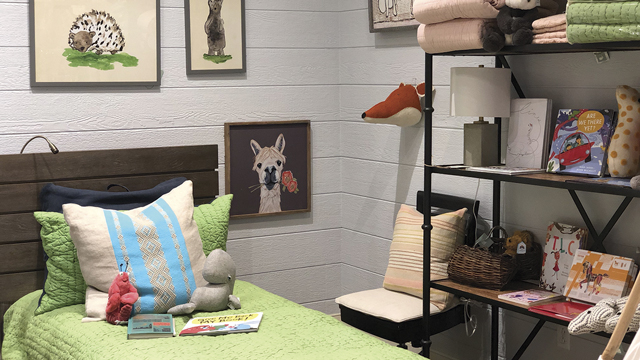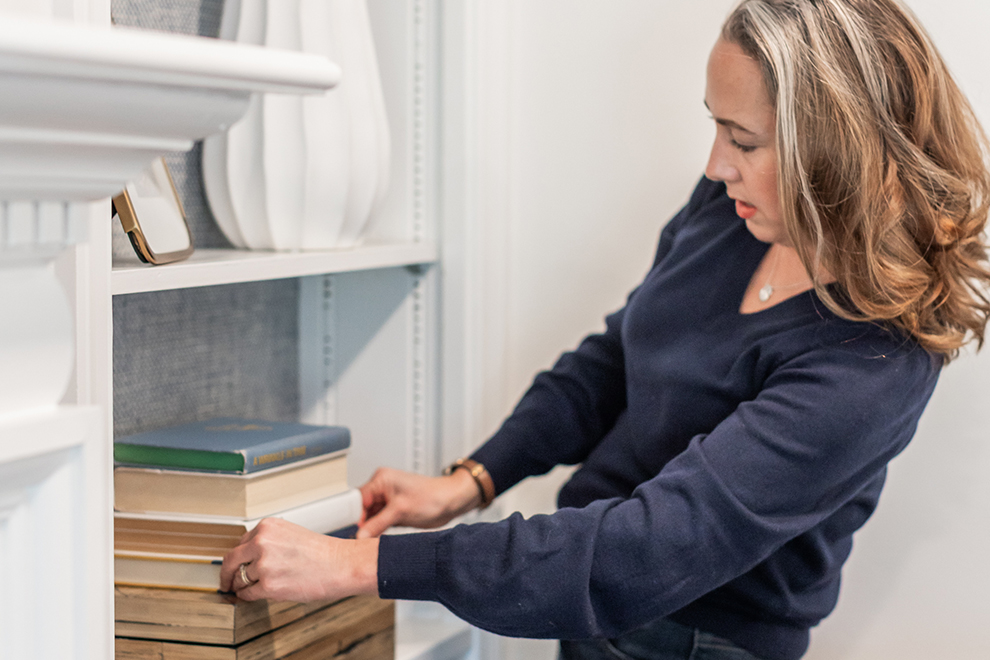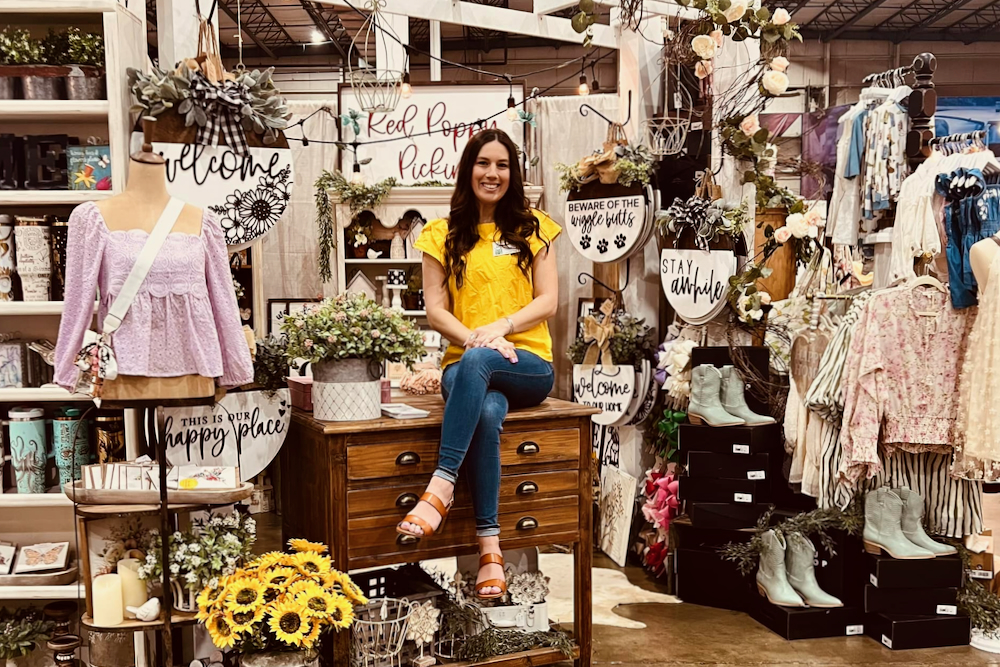Now that summer is here and family schedules are a little more flexible, it’s the perfect time to take on a kids’ room redecorating project. Collaboration is key, and most kids are excited by the idea of updating their space to reflect their individual taste. They are also more likely to take care of the space if they feel ownership of it. Here are three easy strategies to guide your redesign and create a space the kids will love.
Exploring Color
The use of color is a powerful tool in defining the feeling of a space. Color influences our emotions and in kids’ rooms, bright colors can inject happiness and energy, while more muted tones can help foster a calmer environment. For inspiration (and fun!), I say take a field trip to the VMFA with your kids and encourage them to share what colors and styles of art speak most to them. You can also flip through home magazines for ideas to help guide color palette selections for their space.
When selecting paint, give kids two or three options from within the palette you have determined together. Popular paint colors for kids include pale purple, aqua, navy blue, and warm gray. If it’s a shared room, limit the color palette to two colors; otherwise a single color helps unify the space. For accents, think about using wallpaper or a mural to make a statement on one wall. The new trend of removable wall covering makes it easy to switch out designs as the kids’ tastes change.
Getting Organized
The key to keeping a room tidy is organization. If storage is carefully planned from the beginning, a space is more likely to stay neat. Similar items should be grouped and stored for easy accessibility. Baskets are a helpful tool for younger children to quickly retrieve and put away any toys in their closet or under the bed. Hooks are another great way to keep items off the floor and within reach of children. Consider adding a lower closet rod for shorter occupants to be able to access and hang their own clothes.
Book storage is essential in children’s spaces to help foster reading and kindle their imaginations. If space is available, try adding a book nook area in one corner of the room. If space is at a premium, I would recommend a small bookshelf.
Time to Accessorize
The final step in completing a space is accessorizing and personalizing. Kids like to be surrounded by family photos and their own art creations. Allow them to help you choose which art and photos to display. Picture ledges are an easy way to switch out selections from their collection, and standard frames can easily be updated as the kids age. Corkboards are great for displaying different crafts and work best in a closet or behind a door so they can be tucked away easily.
For lighting, a unique chandelier can make the space feel more playful. Reading lights are also an integral part of any bedroom design. I like clip-on versions that secure to the kids’ beds. These are a good option for bunk beds or tight spaces. Other elements to include are fun seating options such as beanbags or a hanging chair. Also, younger kids may enjoy a teepee in one corner of their room, while older kids might need a designated desk space for late-night studying.
Lastly, there are two important things to remember: 1) this should be a collaborative project with your child; and 2) small budget-friendly updates can go a long way in creating a space that your child enjoys. With attention to color, organization, and accessories, the end result should make both parent and child very proud.
Photo: Williams and Sherrill





